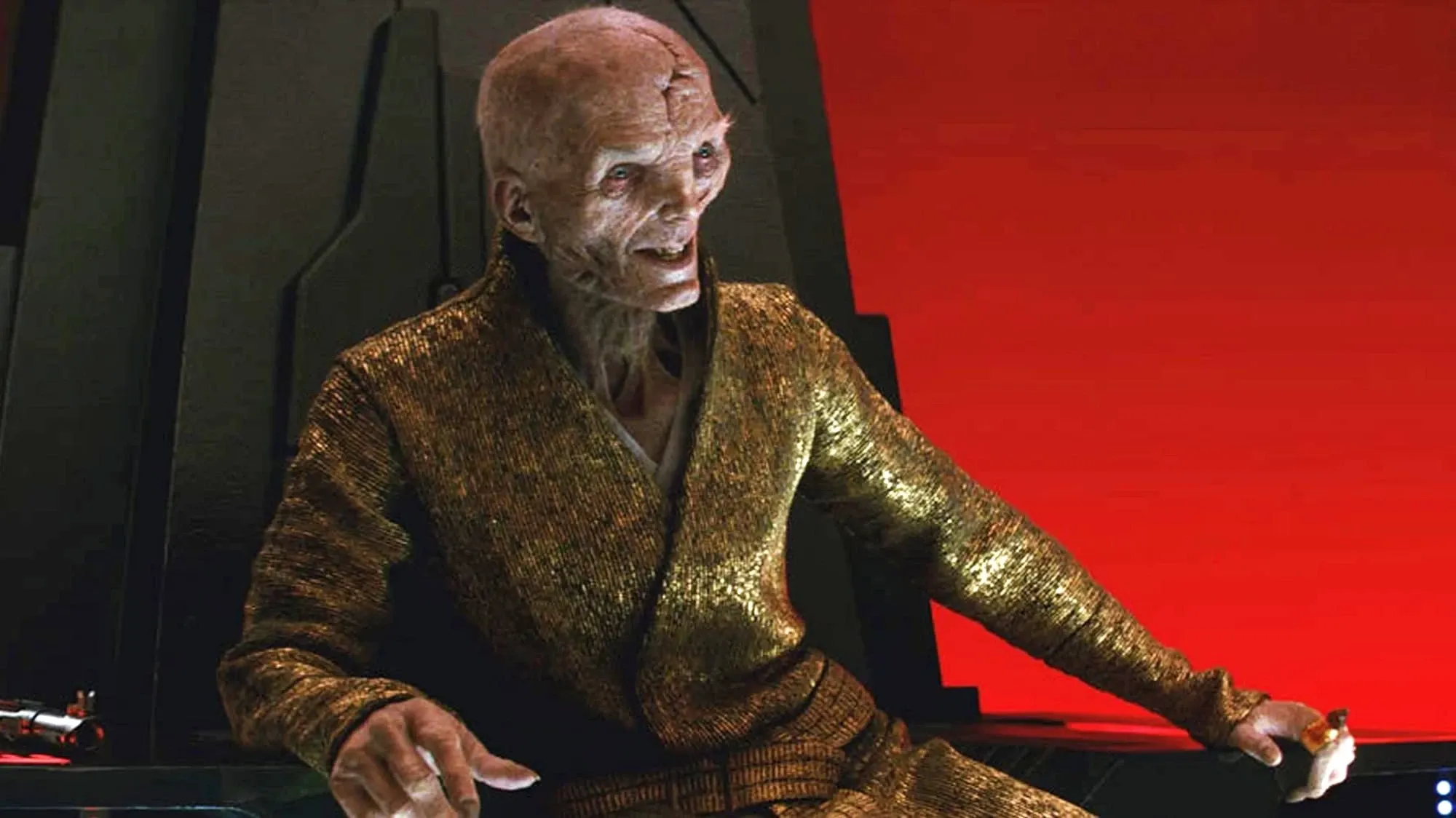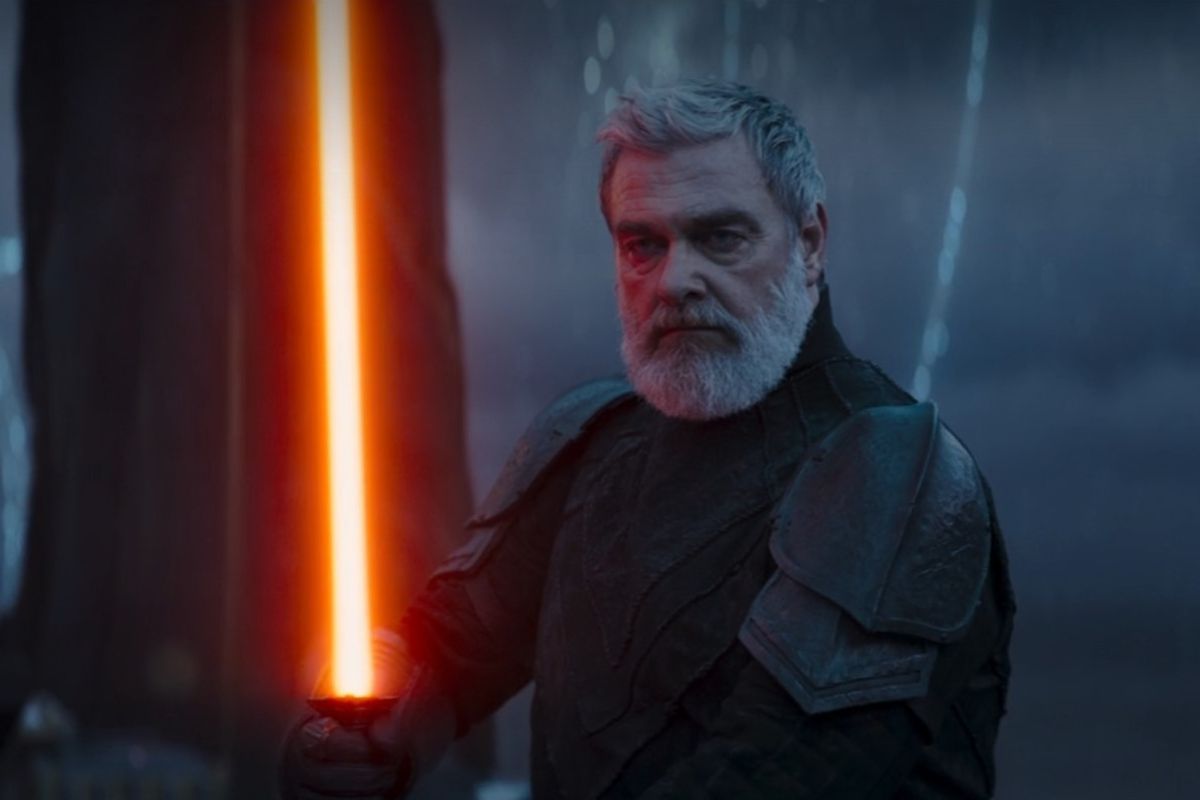In the lead-up to The Last Jedi, there was a theory popularized online that the film would give rise to so-called Gray Jedi. Such thinking was in response to Luke Skywalker, Jedi Master and hero to Gen Xers everywhere, announcing in the trailers, "it's time for the Jedi to end." Since the idea of Star Wars without Jedi is unthinkable—a notion Lucasfilm itself continues to struggle with, as Andor remains the lone property lightsabers have not yet colonized—fans reasonably looked for other meanings behind Luke's statement.
A Force-wielder who is neither good nor bad but walks a wider, less rigidly-defined path was a novel concept. Since its inception, Star Wars has been a morality tale of good vs evil. Han Solo shooting Greedo in cold blood is probably the most nuanced moment the films have ever given us; that George Lucas later scrubbed the scene from existence only underscores the point. Star Wars characters are like Henry Ford with the Model T—they can be any color, as long as it's black (or white).
But it doesn't take long to realize a Gray Jedi is really just a quick Slip 'N Side to the Dark Side. Being neither entirely good nor bad means such a character is steadily making compromises, which just moves the goalposts. What was once bad is now acceptable. Yoda knew what he was talking about when he said, "Once you start down the dark path, forever will it dominate your destiny."
A Gray Jedi is honestly just a friendlier on-ramp to evil than murdering a roomful of children. But while such characters might not be very practical, the concept remains fascinating because gray characters more closely reflect the real world.
George R.R. Martin, who made a career out of mapping the boundaries of graydom and stretching the very definition of the word, loves to paraphrase a William Faulkner quote on the intricacies of the human heart.
We are the monsters. (And the heroes too.) Each of us has within himself the capacity for great good, and great evil.
Apart from that super-brief flirtation with making Han a mercenary, such duality has mostly been missing from Star Wars. Anakin Skywalker's fall from grace, his rebirth as an asthmatic in a gimp suit, and his redemption is not the same thing. Anakin was good, then he was bad, then he was very bad for a very long time, then he was (briefly) sorry, then he was dead. That this was all preordained also meant there were no shocking revelations. If gray characters have a middle name, it'd be 'Surprise!'
Gray characters are all about ambiguity.
Stories are at their best when you don't know how a character is going to respond. And, in fact, it's only in moments of high drama that character is truly revealed. This is why Kylo Ren turning on Snoke is such a delightful twist: Not only is it a departure from The Way Things Are Done (vis-à-vis Dark Lords and throne rooms and foolish Jedi who don't realize how screwed they are), but it's also a shining example of character affecting plot.
At that moment—and, sadly, pretty much only that moment—Kylo is a gray character. His motivations and his actions are both unknowable and not obviously good or bad. He could be trying to seize Snoke's throne for himself. He could be saving Rey so they can make sweet Force babies together. He could just be tired of looking at Snoke's ridiculous gold pajamas.

In that moment, Kylo is Schrödinger's cat: Good and bad are both in play. And that is incredibly exciting.





